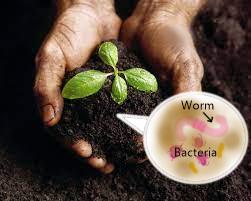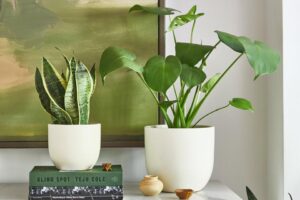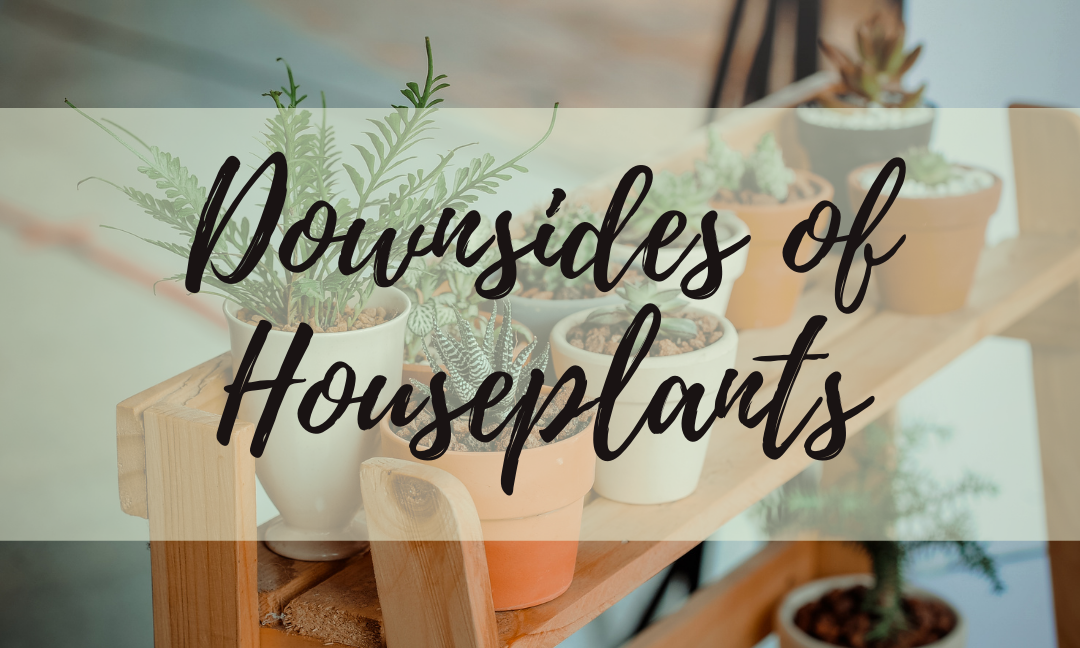Written by: Mackenzie Grenaway
Whether you’re six or sixty-two, growing your own plants can be a fun, relaxing and a rewarding activity. While some people like to grow a garden in their backyard, others would prefer to take a less big-scale take on the friendly activity – growing plants indoors! Sure growing indoor plants sounds great and all, but maybe there’s something we’ve overlooked. Here’s some information that may make you think twice before starting your indoor jungle.
It’s the air we breathe in and the air we breathe out
Oxygen is produced by plants and we breathe in this oxygen, then proceed to breathe out what’s now turned into carbon dioxide. Would you believe me if I told you plants do the same? Just as humans go through respiration, plants do too! While they take in oxygen from the sun, they are simultaneously taking in carbon dioxide as well. The carbon dioxide doesn’t sit in the plant forever though. The plant expels about half of the carbon dioxide it took in back out into the atmosphere. This happens mainly at night, which presents a problem. Even the tiniest plants go through this process daily. This means while you’re sleeping in your bed after a long and tiring day, your little plant friend on your window sill is expelling carbon dioxide for you to inhale. What’s more, global warming has made matters worse. As the emission of carbon dioxide increases, the plants continue to absorb more of it. In turn, the plants expel more carbon dioxide, and may even turn into a threat to humans due to climate change!
The good bacteria
While we may think we’re doing good for the plants we grow indoors, the plants may not enjoy it as much as we do. Though the process of taking care of plants indoors seems relatively simple and straightforward, it’s important to note plants naturally grow outdoors in the environment. With the exception of plants that have learned to adapt to life indoors, these plants of ours necessitate many elements provided to them outside. Some quality sources include natural sunlight, rain and the numerous organisms that live within and below the soil on the earth’s surface.
Of course, it’s pretty common knowledge that your house plant needs to be located in an area where sunlight can easily access. However, something we tend to overlook is the soil. Typical store-bought soil is, quite frankly, not soil. Not to say the store-bought kind can’t or shouldn’t be used for plants, but it lacks a few key elements natural soil is rich in. These elements would be the bacteria and organique organisms that create what is known as humus. And no, I’m not talking about the chickpea dipping sauce hummus, but the organic component of soil, humus. The humus in soil provides the roots of plants with oxygen, which helps the plant flourish. This means for the plants, generally, it can be much easier to grow and flourish with natural soil than the store-bought soil in a bag.
Does this mean it’s bad to have houseplants?
No, having house plants isn’t a bad thing. In times such as now, while during a global pandemic, having house plants can help to improve your mental health. The thing to note is while having house plants is fine, you have to know how to take care of them in a way that it will not harm you or the plant.
Such as simply placing your house plants outside during the night, which can minimize the amount of carbon dioxide you inhale due to the plant.
You may be thinking that based on what I previously said about soil, using soil from your garden or another natural source would help your plant grow healthy and strong. However, you have to be careful while considering using natural soil. There are actually many houseplants that grow better if they are potted with store-bought soil. It has to do with the different properties in both types of soil. Store-bought soil(also known as potting soil) is less dense and easily allows water and air to pass through it. This is why it is optimal for indoor use. Therefore, I recommend you do some research beforehand about the houseplant you have in mind. It may sound excessive, but it will help you grow your plant once you know their specific needs.
Watching your plant that you grew from just a tiny, little, seed definitely feels rewarding. It shows you how truly amazing plants are, as well as giving you the feeling of accomplishment for creating life. However, keep in mind that your plants will show your commitment. They will wilt and die if not taken care of properly, but will flourish and shine if given what they need. So don’t be afraid to get yourself a house plant, but always make sure to keep your plant healthy, for you and your plant’s happiness.
Sites consulted:
- www.anu.edu.au/news/plants-release-carbon-dioxide
- www.abc.net.au/news/plants-resperation
- www.wildflower.org/expert/difference in natural and artificial soil
- https://www.proflowers.com/blog
- https://www.fnp.com/article
- https://www.thesill.com/blogs/care-miscellaneous
Links for photos:
- Photo 1 – top left corner: https://www.biologyonline.com
- Photo 2 – middle right corner: www.dailynews.com/gardening
- Photo 3 – bottom left corner: www.forbes.com/sites/besthouseplants

